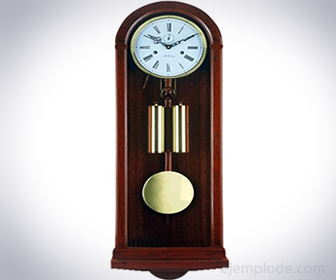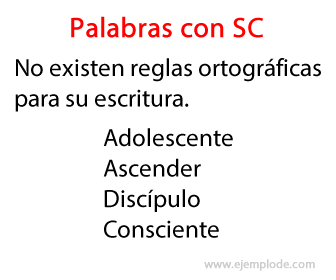Absolute Motion Example
Physics / / July 04, 2021
The two types of Movement, based on reference systems, are Relative Movement and Absolute Movement. The Absolute Movement is the one who has a object with respect to a point that is fixed. For Relative Motion, the object is moving with respect to a point that is also in motion.
You can consult the Article of Relative Movement
To begin to consider an Absolute Movement, it is essential to detect the point at rest that will be taken as a reference. Already defined that it is an Absolute Movement, the type of movement referred to the speed regime that handles will be identified.
Given the speed regime, there may be a Uniform movement, at constant speed; or when a positive or negative variation of the speed is involved, there will be a Uniformly Accelerated Movement.
Types of movement according to the trajectory
Another way to classify the Movement is with respect to the trajectory that the body describes. According to the traced trajectory, there are several types of it.
Free fall movement: It is a straight vertical line directed downwards, which starts from the fixed point from where the object that will move is detached, and is uniformly accelerated by 9.81 m / s
2, which is the acceleration of gravity. Finish on the ground or against the body that ends the trajectory.You can consult the Article of Freefall.
Uniform line movement: It is a straight horizontal line that starts from a fixed point and increases the distance between it and the body, in a given time. It can be uniformly accelerated, keeping the straight path.
You can consult the Article of Uniform line movement.
Circular movement: An object is made to travel a circle-shaped path, having the center of the circumference as a fixed point. To maintain the curved shape, there is a balance between the centrifugal force, which is what drives the body out of its path, and the centripetal force, which retracts it, compensating for the former.
You can consult the Article of Circular movement.
Elliptical Movement: It is the movement of a body whose path defines an ellipse. The shape of the figure is maintained, thanks to the presence of forces, as in circular motion. If the movement of the planets around the Sun is taken as an example, the force that would act is that of gravitation.
You can consult the Article of Elliptical movement.
Parabolic movement: It is the one described by the bodies that are thrown through the air, tracing a route in the form of a parabola, which goes ascending, it reaches a point of maximum height, and ends with a fall that defines a final horizontal distance.
You can consult the Article of Parabolic movement.
Wave motion: It is the one that is manifested when, for example, a stone falls vertically into a body of water at rest. Its fixed point will be where the stone has fallen, and a movement will be generated in the form of waves that will expand towards the edges of the body of water.
The Absolute Movement will always take as a reference a fixed point, at rest, which guarantees a correct measurement of the movement situation of the object studied.
10 examples of Absolute Motion
1. A bus that moves with respect to a traffic light, which remains in the same place.

2. The rotation of the blade of a hand saw, with respect to the axis that supports it.

3. The advance of a rocket, ascending towards the atmosphere, considering as if the planet Earth was in absolute rest (which it is not).

4. The pendulum of a wall clock, with respect to the point that supports it in its structure.

5. Natural gas, when flowing into a pipe fixed to the walls or in a facility.
6. The water of the municipal network has absolute movement with respect to the wide pipe with underground location.
7. A marathon runner has absolute movement with respect to the track that he runs, which is fixed.
8. An active washing machine has absolute movement, taking its center or axis as a fixed point as a reference.
9. The propellers of a wind field have absolute movement, when they rotate in their fixed center that is on the mast of each mill.

10. When an artist makes a drawing on a block sitting on an easel, the object that will move will be the pencil, with respect to the fixed point that will be the paper. It will move, generating a set of small absolute movements.


